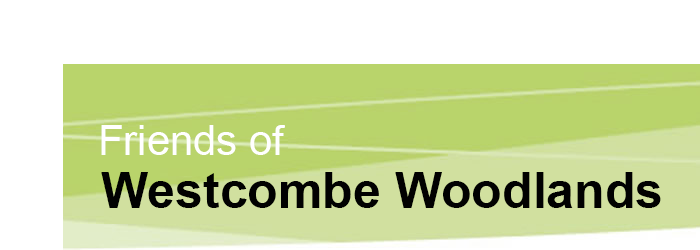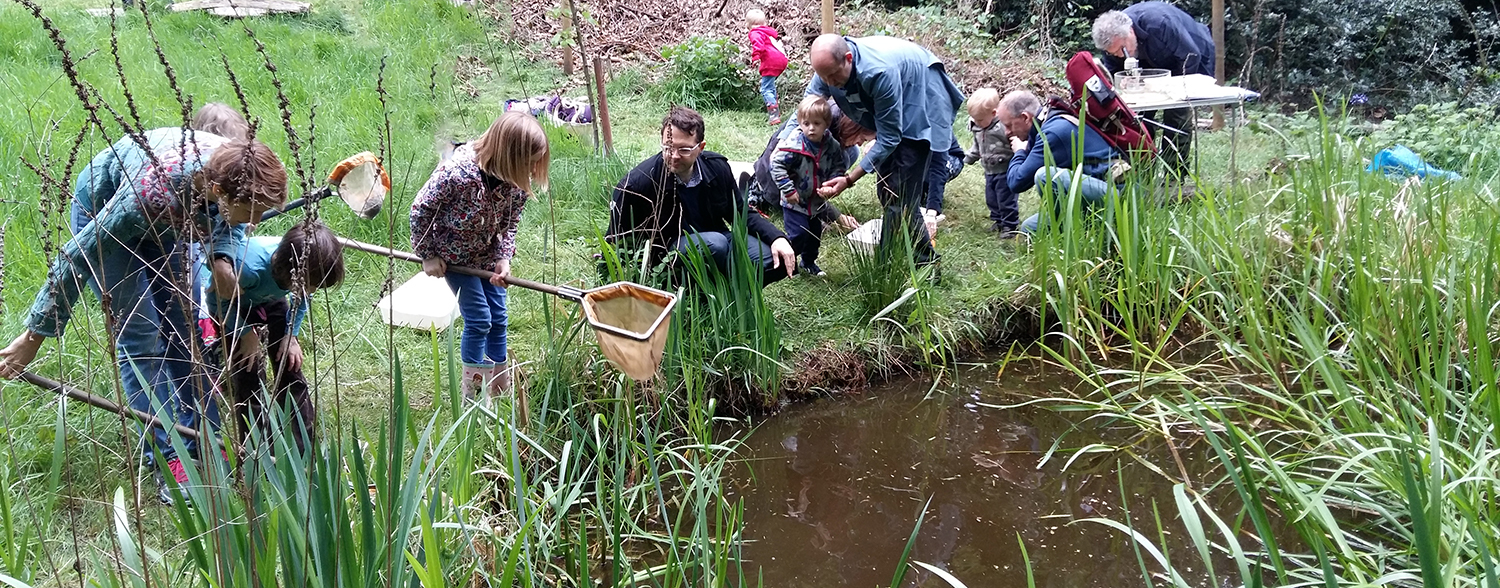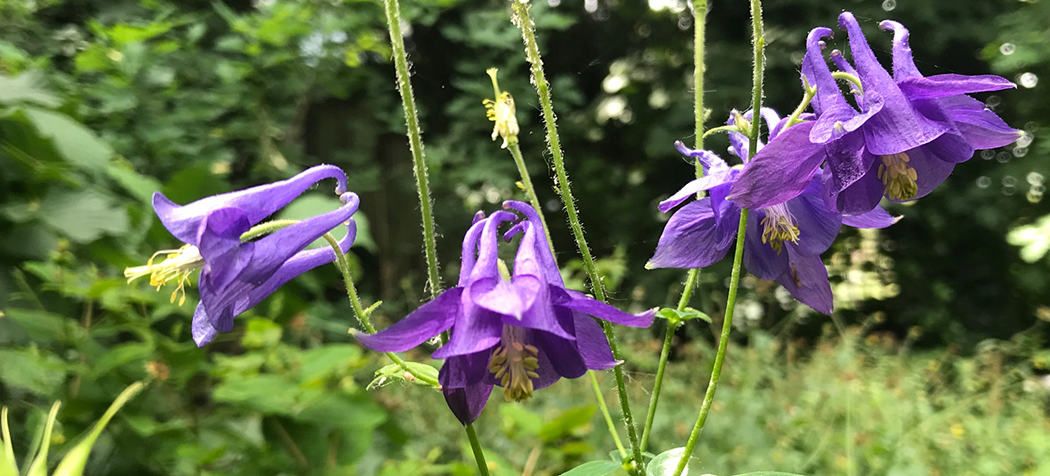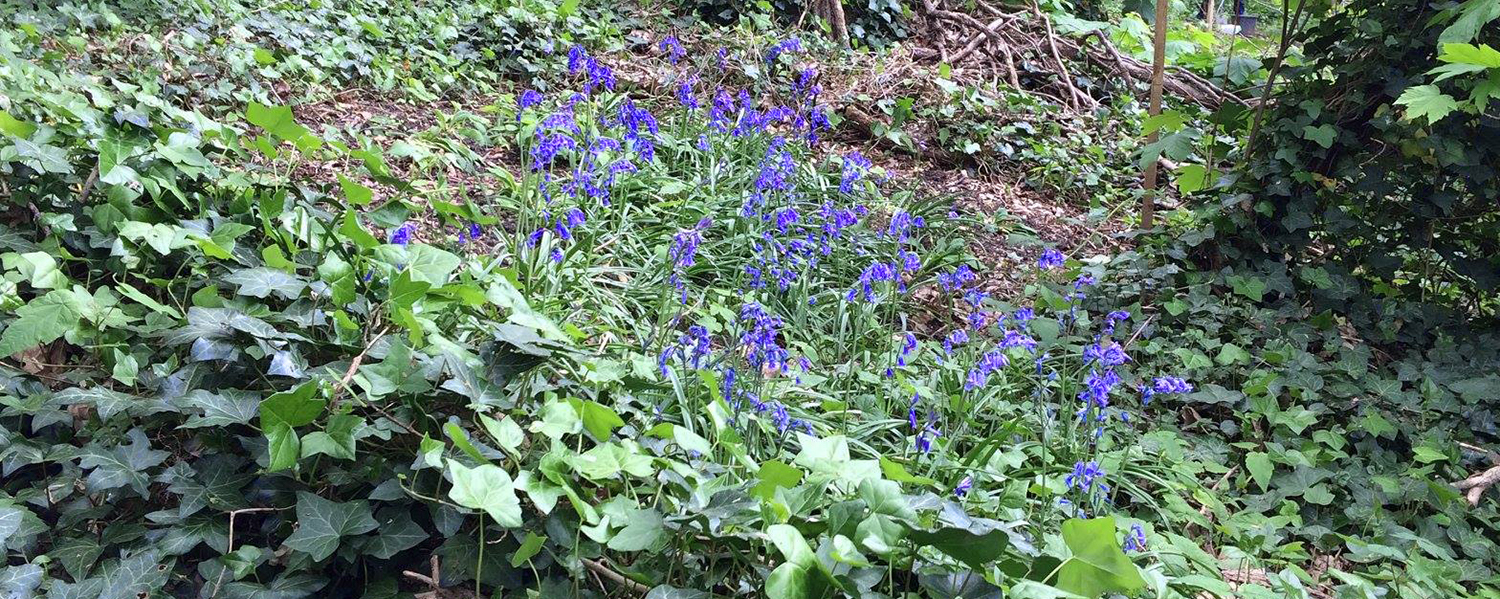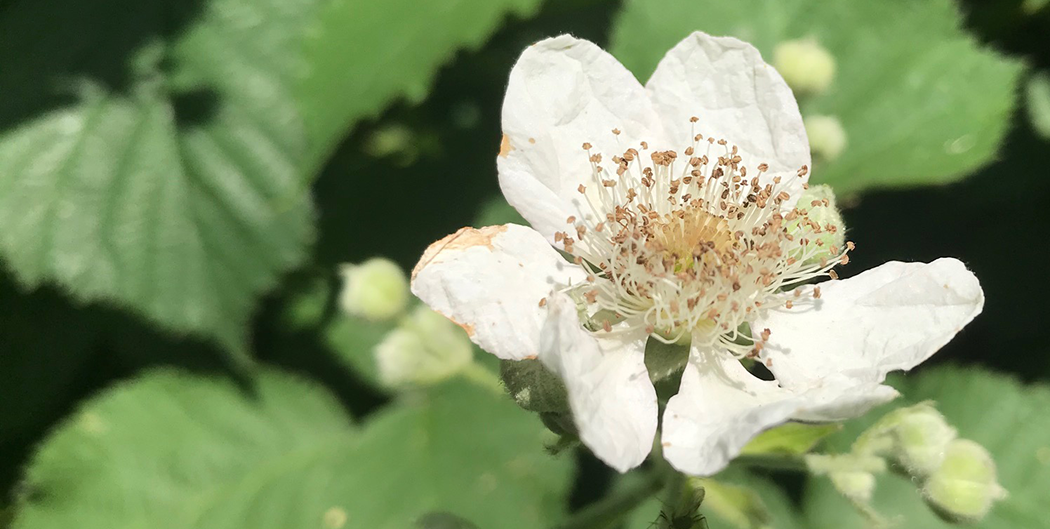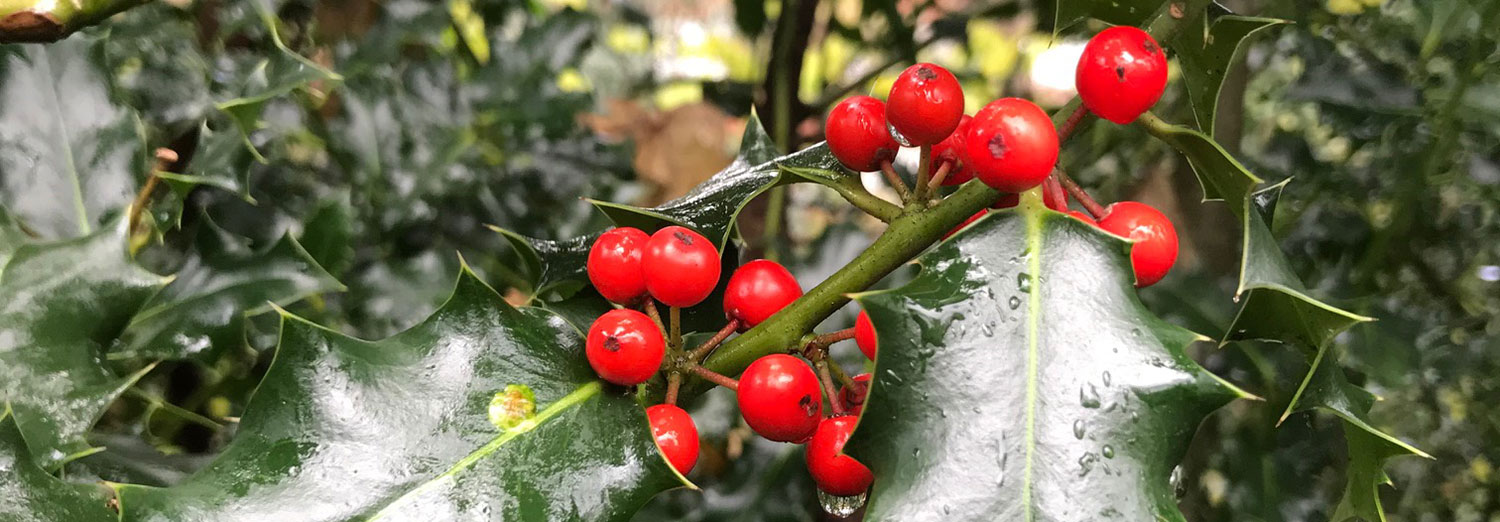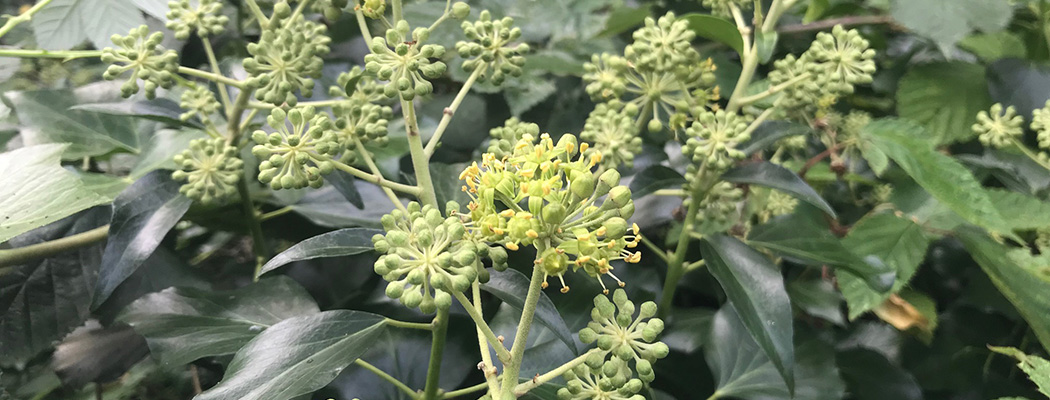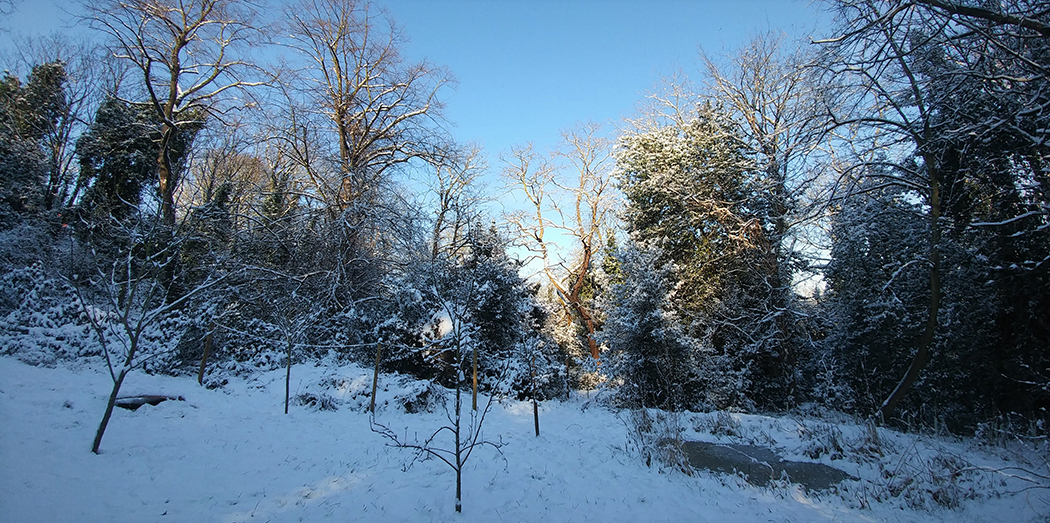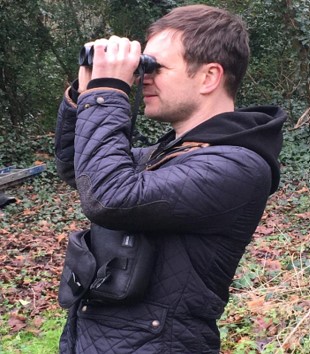Bird Survey – January 2021
This year, we participated again in the annual RSPB Big Garden Birdwatch, but, due to COIVD-19 restrictions, we had to limit the participants to two. Joe Beale, our local naturalist, accompanied Nigel Duncan on the morning of Sunday 31 January 2021 and they spent an hour in the Glade observing the birds that showed themselves or sang.
The 11 bird species we recorded between 10.15 am and 11.15 am for the Big Garden Birdwatch were:
2 Woodpigeons
3 Stock Doves
2 Great Spotted Woodpeckers
2 Wrens
2 Robins
3 Blue Tits
2 Great Tits
1 Goldcrest
1 Jay
1 Magpie
2 Carrion Crows.
Over-flying birds are not eligible for the RSPB count, but in addition, we saw 1 Herring Gull, 1 Black-headed Gull, 10+ Feral Pigeons, 2 Ring-necked Parakeets, 2 Goldfinches and 1 Sparrowhawk mobbed by a Crow.
It was a beautiful morning, cloudy and chilly but bright and dry. The pond is full to brimming over and much of the ground in the Glade is thoroughly waterlogged. The high point for me was towards the end of the hour when a sparrowhawk flew over, hotly mobbed by a carrion crow and several feral pigeons. It was clearly becoming irritated because at one point it dramatically changed direction and flew directly at its tormentors. The pigeons scattered, but the crow persisted and they flew off towards the north until they disappeared from sight. It was good to see the sparrowhawk. This year has been our best for sparrowhawks for some time. When we have been working in the Glade we have often heard a pair calling to each other, with one or another of them flying fast over the Glade, usually from the south to the north. There seems to be a reasonable chance that they might have bred successfully in 2020. Joe mentioned that he was coming down the path from One Tree Hill in the park when he saw a pair of sparrowhawks flying with a youngster. They headed off in the direction of the Woodlands, which suggests that this may have been where they nested. One of the great advantages of the dense and inaccessible nature of parts of the Woodlands is that it provides sites for nesting, but of course, means that we cannot be sure that it is actually happening.
Nigel Duncan – February 2021
Bird Survey – February 2018
The first wildlife survey this year took place an hour earlier on the normal volunteer session in early February. A strong turnout of a dozen or so volunteers and woodland committee members joined our local wildlife expert, Joe Beale, for an just under an hour early morning. The results are in the link below, which shows a table of 18 different species.
Westcombe Woodlands bird survey – February 2018
Bird Survey (by one of our volunteers) – late 2012/early 2013
In late December 2012 and early January 2013, and again in the spring, a number of visit were made to the Westcombe Woods area. The winter visits were brief (less than one hour) to the northern boundary around Seren Park, whereas in spring access was occasionally possible to Lasseter Place and the Glade, inside the woods. Overall this has enabled me to get an approximate overview of the bird life of the woods. As I don’t live far away, I also include sightings I have recorded while walking past; although these are not surveys, they add to the knowledge of what’s using the site and so are important to include.
One interesting finding whilst walking past one evening was a big roost of at least 60 Jackdaws flying in from Greenwich Park on 14th March, and presumably on most evenings over the winter. This is basically the entire local Jackdaw population, so the woods provide an important refuge for these birds outside the breeding season.
Species recorded in both winter and spring include: Great Spotted Woodpecker, Robin, Wren, Goldcrest, Magpie, Jay, Carrion Crow, Long-tailed Tit, Blackbird, Ring-necked Parakeet, Blue Tit, Great Tit and Woodpigeon. Overhead, Grey Wagtail, Greenfinch, Goldfinch, Sparrowhawk, Herring Gull and, since May, Common Swifts have all been recorded.
Recent visits (May) have allowed us to get an idea of the breeding birds of the woods: a pair of Great Spotted Woodpeckers are nesting in a hole in a standing dead tree trunk, and the young can be heard begging for food while the busy parents dash to and fro gathering food for them. There is at least one Goldcrest territory, breeding Great Tits, Woodpigeons, 4 or 5 Robin territories, 4 or 5 Wren territories, 1-2 Blackbird pairs and 1 territory of a summer migrant, the Blackcap. A pair each of Carrion Crows and Magpies are nesting, Jays seem to be nesting somewhere there and a Blue Tit family is using one of the nestboxes near the Lasseter Place entrance. Long-tailed Tits are probably nesting in the Glade area. 4 species of butterfly were also seen on 9th May, and Foxes are present. The fungus known as “King Alfred’s cakes”, as they look like burnt cakes, were visible on 12th April.
Dunnocks can be heard singing, but it is not clear at this stage whether they are within the Westcombe Woods itself or just outside, along Restell Close. A Song Thrush was singing in the area early in the year but may no longer be present – hopefully it’ll turn up again over the next few visits. House Sparrows are also to be found along Restell Close and near the railway line. Common Swifts, the majority of which return from Africa in early May, are now frequently seen flying overhead (they nest in the roofs of nearby houses), feeding on the abundant insects from the trees.
So far over 30 species have been seen, an adequate total for just a few hours’ observation, but more surveys will take place in the next few weeks and we should have a clearer picture of the regular visitors and breeding birds by midsummer. It is hoped that the nestboxes we have/are going to put up, along with some sensitive habitat management around the Glade area, will over time help increase the number of breeding birds, but as a healthy number of birds are already nesting there things are looking good.
Here is more information from the bird survey (up to November 2013):
